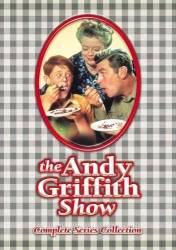Continuity mistake: On one occasion when Mr. Weaver leaves the courthouse to walk around the building to look in through the cell window, he goes in a counterclockwise direction. However, when the scene switches he is approaching from a clockwise direction.
Factual error: December 25, 1960 was on Sunday. The calendar in the jail house shows a calendar (which has been used in other episodes) with Christmas Day on a Friday. (01:30:00)






Answer: It was a joke. They were supposed to be dumb hillbillies.
Both. According to later interviews with both Andy and the Dillards band (the real name of the band that played the parts of the Darling children, of which Charlene (Maggie Peterson - Mancuso was also a member) the reason the Darling boys never had any lines was because they would've had to have been paid if they spoke. In return for appearing without lines or pay, Andy promised to get as much of their music onto the show as possible which, he did. This obviously gave them a lot of exposure.